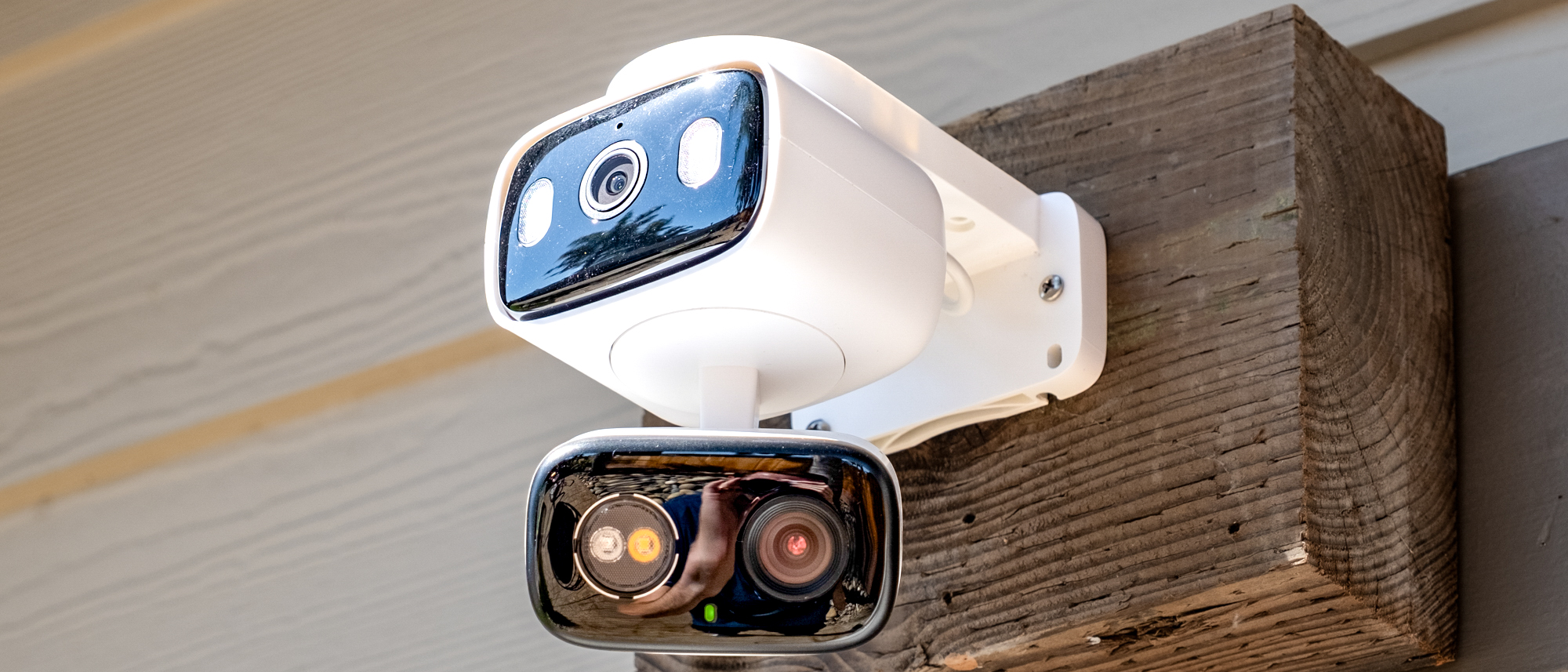I tried Sony Inzone’s brand new 460Hz gaming monitor — this thing is insane
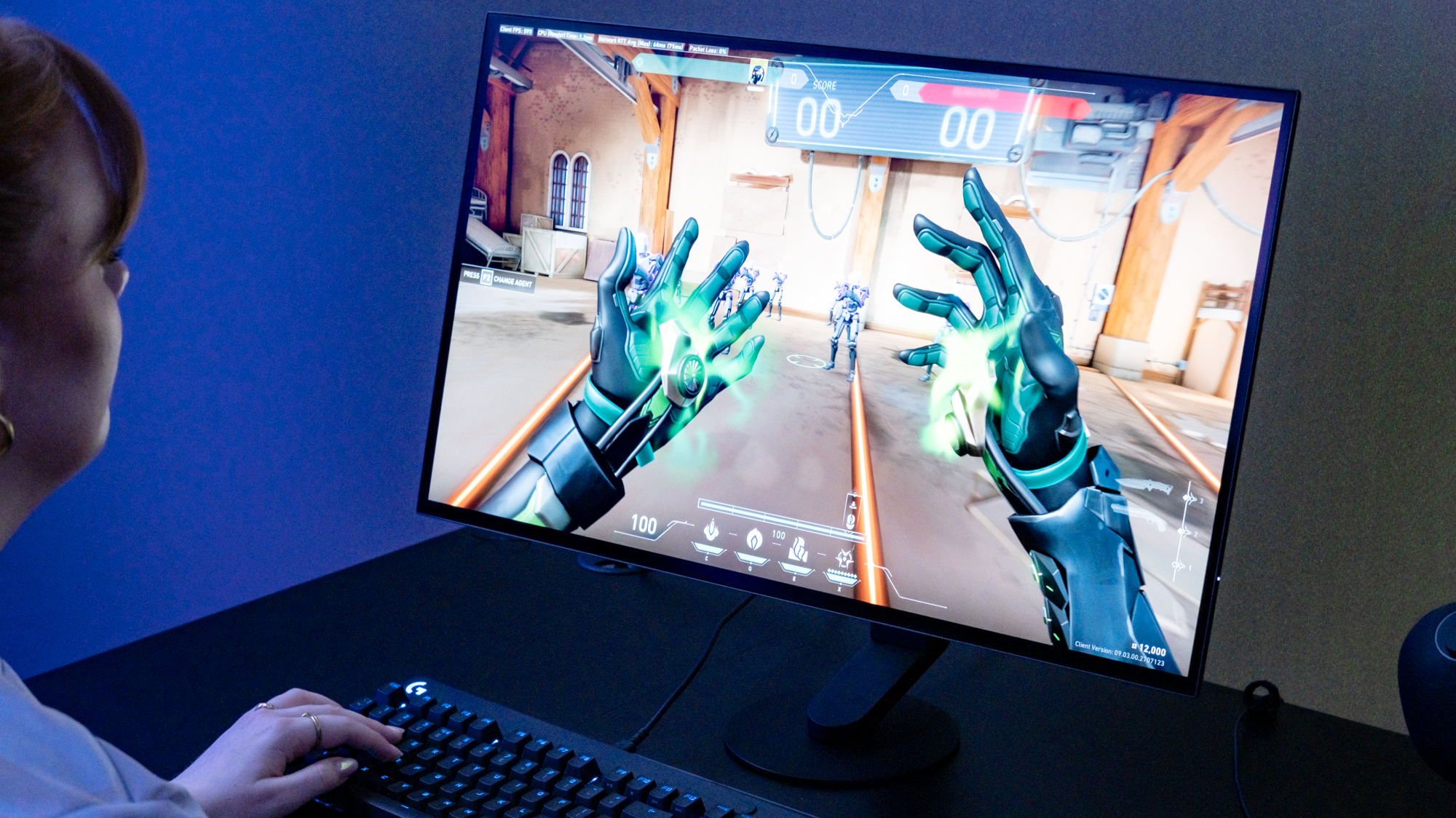
Back in 2022, Sony’s youngest division, Inzone, had just released its first gaming monitor, the M9, and we were lucky enough to test it out. In our Sony Inzone M9 review, we absolutely loved the monitor’s 4K display and performance features, and willingly gave it the kudos it deserved as one of the best gaming monitors around. Inzone’s entry into the monitor market had started out strong, perhaps unsurprisingly given Sony’s pedigree in display production.
Two years later, Inzone is back, this time with two new monitors. There’s the M9’s successor, the M9II, aimed at gaming enthusiasts, particularly FPS and RPG players. Now, though, there’s a new, even-higher-end model, the M10S, aimed squarely at current or aspiring esports professionals.
We’ll be putting both monitors through their paces for full reviews as soon as we can. Ahead of their launches, though, Sony invited Tom’s Guide to an exclusive preview of both monitors, and I got to do the honors.
I’ll be covering the M9II in a separate piece, so here are my first impressions of the Sony Inzone M10S.
First look: Sony Inzone M10S

The Sony Inzone M10S was designed in close consultation with the Fnatic esports team, and is aimed exclusively at aspiring or current professional esports players, particularly FPS and MOBA gamers. It boasts a range of mega headline features intended to give those players what they need.
Sony Inzone M10S first look: Key specs
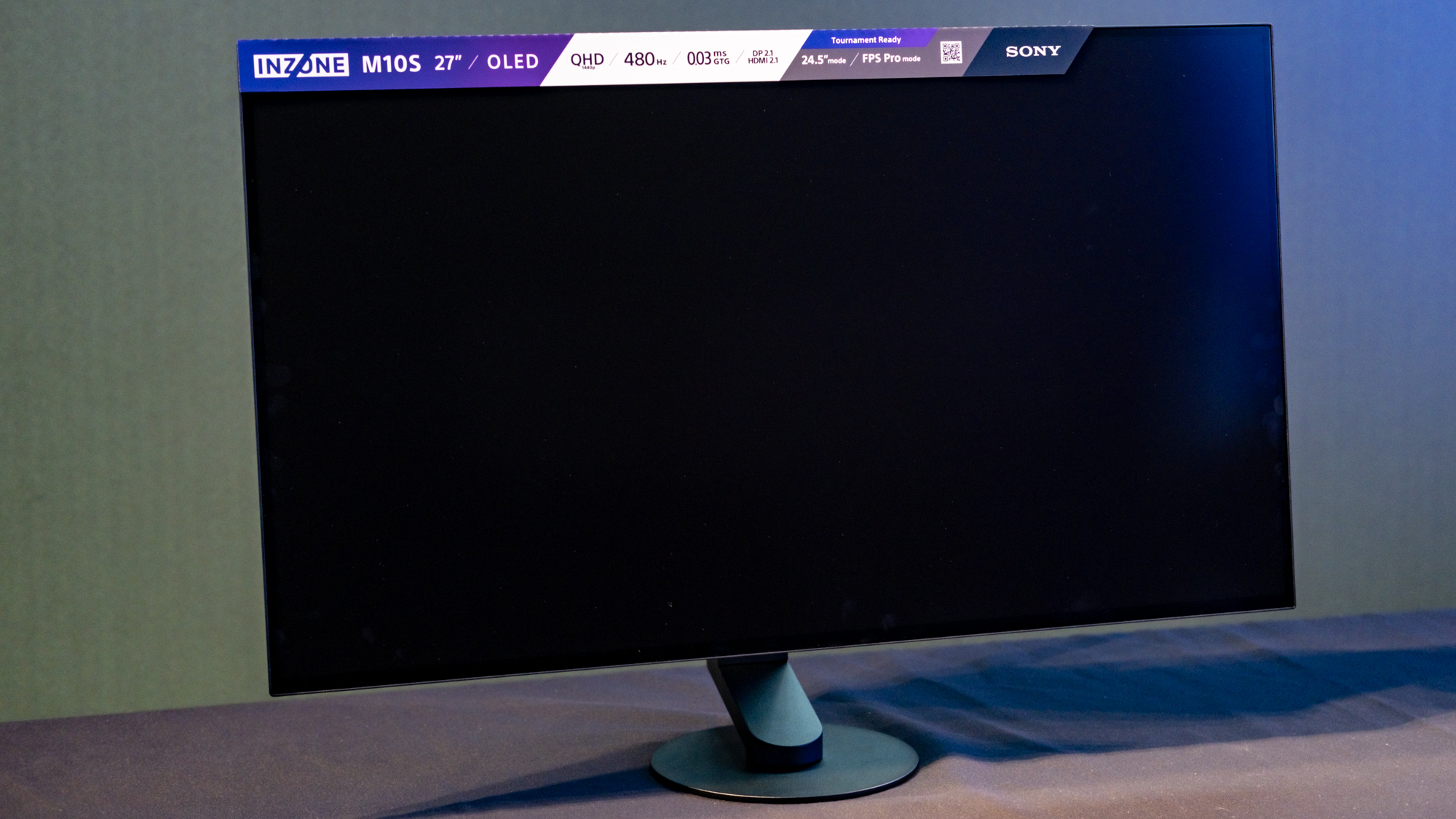
The M10S will launch in October 2024, priced at $1,099/£1,199. It features a 27-inch 1440p OLED panel, with 10-bit color (meaning it can display over a billion unique colors) and a 98.5% DCI-P3 score according to Sony, making for a wide color gamut — the latter is obviously something we’ll confirm once we get our hands on a test unit. On top of the OLED pixels is an MLA (micro-lens array), delivering a peak brightness of 1300-nits (HDR), for super bright whites and high levels of contrast to aid gamers with subject detection.
The standout spec is undoubtedly the M10S’ 460Hz refresh rate thanks to DisplayPort 2.1. While this is of course totally overkill for most players, such a high refresh rate enables the monitor to relay as much information to players as fast as possible, giving esports players an extra (even if miniscule) competitive advantage. Likewise, to minimize blurring in fast-paced gameplay, the OLED panel is capable of 0.03ms GtG (gray to gray — the time it takes for a pixel to shift entirely from one color to another). The monitor naturally features GPU syncing (Adaptive Sync/G-Sync/FreeSync), to minimize tearing.
Get instant access to breaking news, the hottest reviews, great deals and helpful tips.
Sone Inzone M10S first look: Extra features
The M10S’ 27-inch display can be cropped to 24.5-inches if desired. This obviously affects displayed resolution, but has the benefit of shortening the travel distance from one end of the monitor to the other, facilitating quicker observations and reactions. The cropped display isn’t static either. It can be positioned where the user sees fit to best align with tilt or height.
Carried over from the M9 to both the M9II and M10S are Inzone’s range of SDR signal modes. Of particular note are the M10S' FPS Pro+ and FPS Pro modes, which I saw demonstrated in Valorant. These adjust color and gamma levels and can allow players to spot opponents noticeably faster, given the right color and contrast levels on screen. There are also SDR modes for MOBA games and RPGs, plus an sRGB mode for color accuracy during production work. These come on top of HDR signal modes for Cinema, Gaming or RPG games.
Also carried over from the M9 are the optional on-screen crosshair and FPS counter, plus a black equalizer to brighten up shadows without impacting brighter areas of the frame. Sony has also packed the M10S with a range of OLED burn-in prevention features, including pixel shift, pixel/panel refresh and static image detection.
Sony Inzone M10S first look: Design
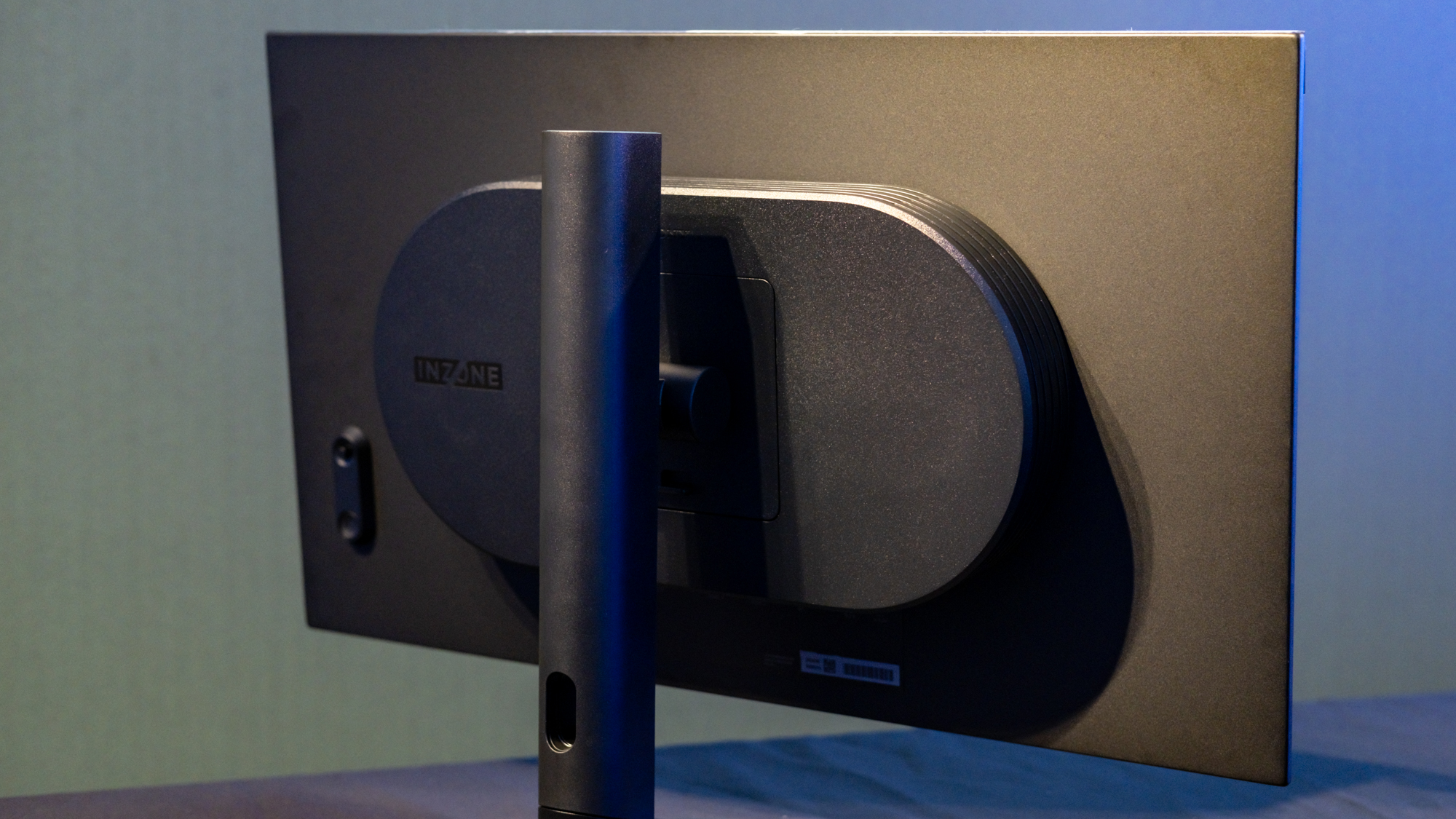
The M10S’ is relatively simplistic to look at, hardly screaming +$1,300 gaming monitor. It features a pleasingly thin profile for the most part, with a bulky section in the middle rear of the case which hides electronics, a cable tidy and the mounting brackets.
Despite its unassuming looks, though, the M10S carries on the original M9’s legacy in innovative stand design, even if its sibling, the M9II, doesn’t. At first glance, the stand doesn’t look like much — a simple arm standing on a diminutive circular base that looks way too small to support the large monitor above it. It certainly isn’t as striking as the M9’s tripod stand design. But looks can be, and indeed are deceiving.
One of the paramount design considerations for the M10S was to give flexibility with station setup, and it really shows.
The centre of gravity of the entire assembly always sits at the point the monitor joins the arm, resulting in perfect balance at every angle of tilt and at every height. The Sony engineers let me tilt, pivot, raise and shake the monitor as I liked, and I can confirm it’s as stable as any other monitor I’ve ever used. There’s also a standard VESA mount, though, to affix the monitor to an arm if desired.
This inherent balance also allowed Sony engineers to shrink the profile of the base, allowing it to fit easily into compact or minimalist setups. Its 4mm height is also the average height of a gaming mat, allowing you to move peripherals over it easily. The base also rotates 360 degrees, so you can tailor your viewing angle without shifting the entire base. There’s also a neat cable-storage tray at the back of the monitor to keep things tidy. One of the paramount design considerations for the M10S was to give flexibility with station setup, and it really shows.
Sony Inzone M10S first look: Initial impressions
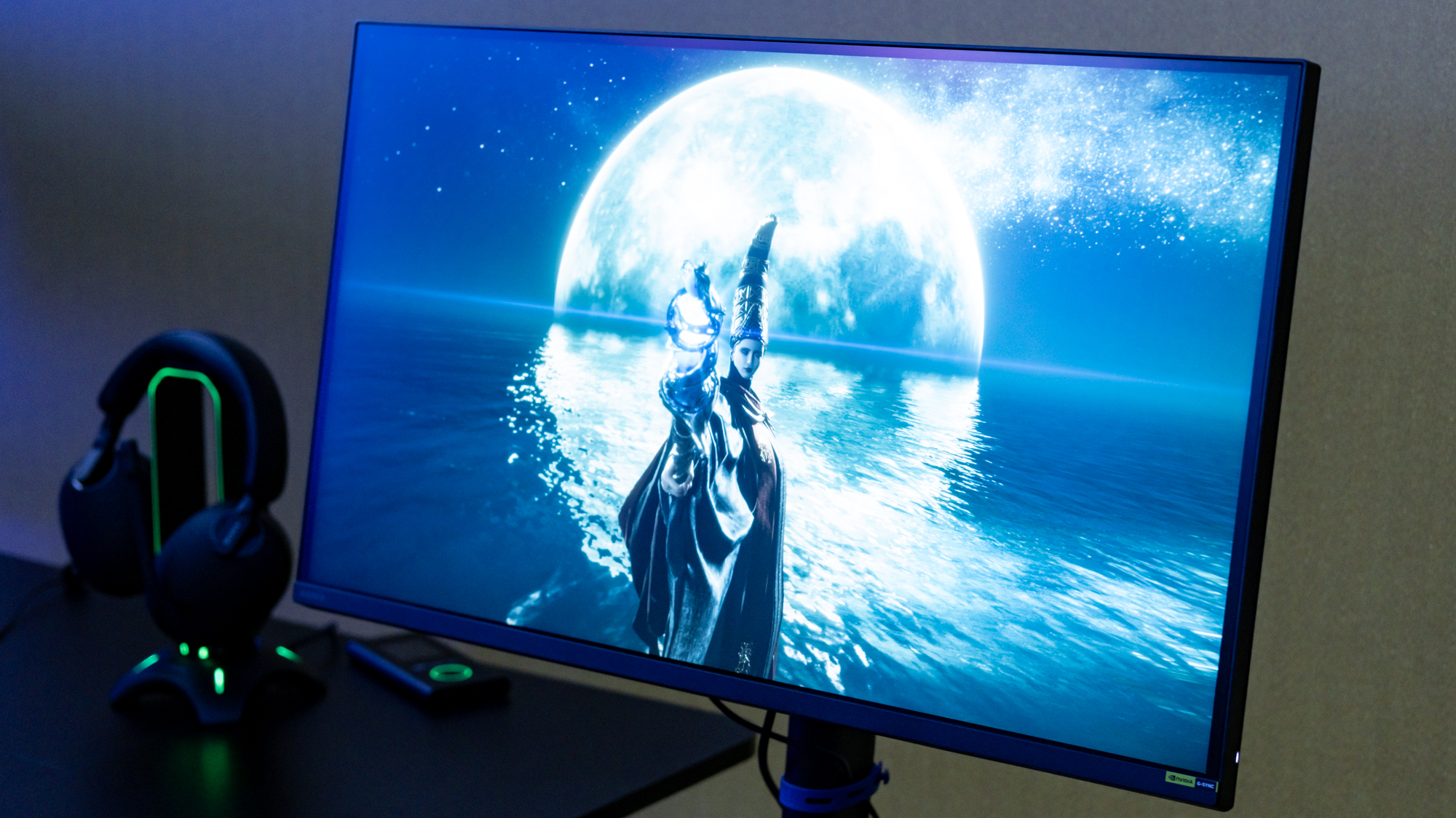
We’ll have to wait and see how the Inzone M10S fares in anger once we get our hands on one to test, but I have to say, from my first experience with the monitor it seems fairly impressive. In my brief hands-on session, I suffered the ignominy of having to play Valorant (at which I suck) in front of a room full of people, including a Valorant streamer and a member of the Fnatic team. I killed nobody and died lots, but while I sucked, the monitor did not: the bright palette of Valorant was bold and vivid, rendered in beautifully sharp QHD, while the experience was effortlessly smooth thanks to that uber high refresh rate. Make no mistake, this is a performance monitor that I doubt will disappoint the pros involved in its development.
I was also incredibly impressed by the sheer attention to detail on display. The stand in particular, while it may not look like much, showed just how much thought Inzone has put into how the monitor will feel in everyday use. What’s more, while it’s a pricey panel, other 1440p monitors like the ultra wide Samsung Odyssey OLED G9 ($1,799) go for a lot more, without such beefy performance credentials — as weird as this sounds, that could make the M10S good value for money!

Peter is a Senior Editor at Tom's Guide, heading up the site's Reviews team and Cameras section. As a writer, he covers topics including tech, photography, gaming, hardware, motoring and food & drink. Outside of work, he's an avid photographer, specialising in architectural and portrait photography. When he's not snapping away on his beloved Fujifilm camera, he can usually be found telling everyone about his greyhounds, riding his motorcycle, squeezing as many FPS as possible out of PC games, and perfecting his espresso shots.
